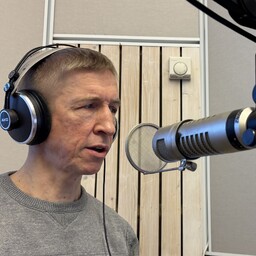Wind turbine meetings can have heated debates. However, the fact that the same people repeatedly attend different meetings is less noticeable. The ETV show Impulse introduces some of these activists.
The show features environmental consultant Piret Toonpere and planner Heiki Kalberg. They have participated in more than 20 meetings. The traveling activists already know them by sight.
One activist is 59-year-old Lauri Koni. He lives in Elva Parish and was once a fisherman. He has participated in dozens of wind turbine meetings. Koni says he wants to know what is happening in other parishes because it affects everyone.
Another activist is 76-year-old Tapiku Olev. He is a member of the Estonian Nationalists and Conservatives. Olev advocates that wind turbines should not be built near sacred sites. He attends meetings to hear the people's opinions.
The third activist is 45-year-old Urmas Maranik. He and his wife run the NGO For Nature and People. They have participated in nearly 30 meetings. Maranik says their goal is to educate people because official meetings are often formal.
Wind turbine meetings are public. Anyone can participate. But Toonpere and Kalberg say that activists often take the floor, which prevents locals from asking their questions.
Experts emphasize that misinformation spreads at meetings. For example, it is said that wind turbine noise is dangerous, although the health department has determined that this is not true. Kalberg wonders why people do not trust experts.
Both experts admit that the anger directed at them is personal and aggressive. Wind turbine meetings continue, but activists also plan to keep working. As Maranik says, Estonia's map should be viewed holistically.

